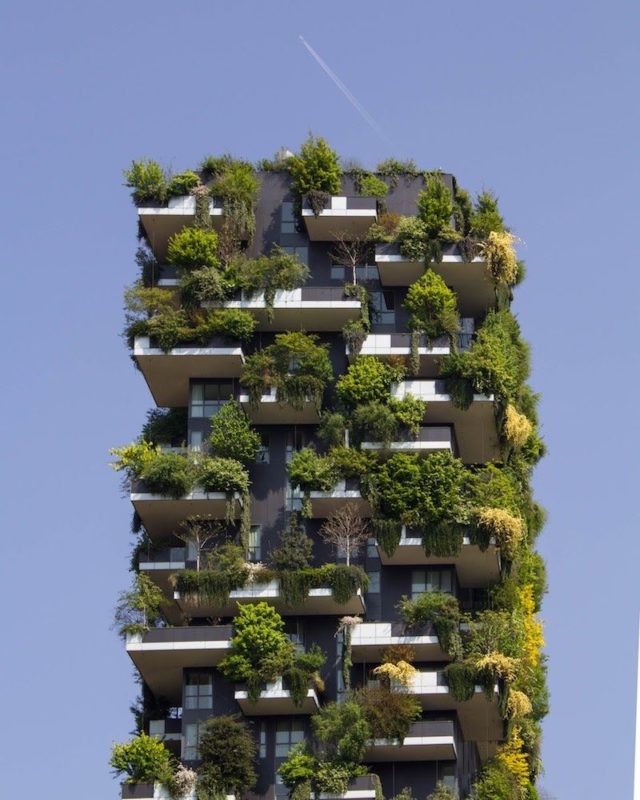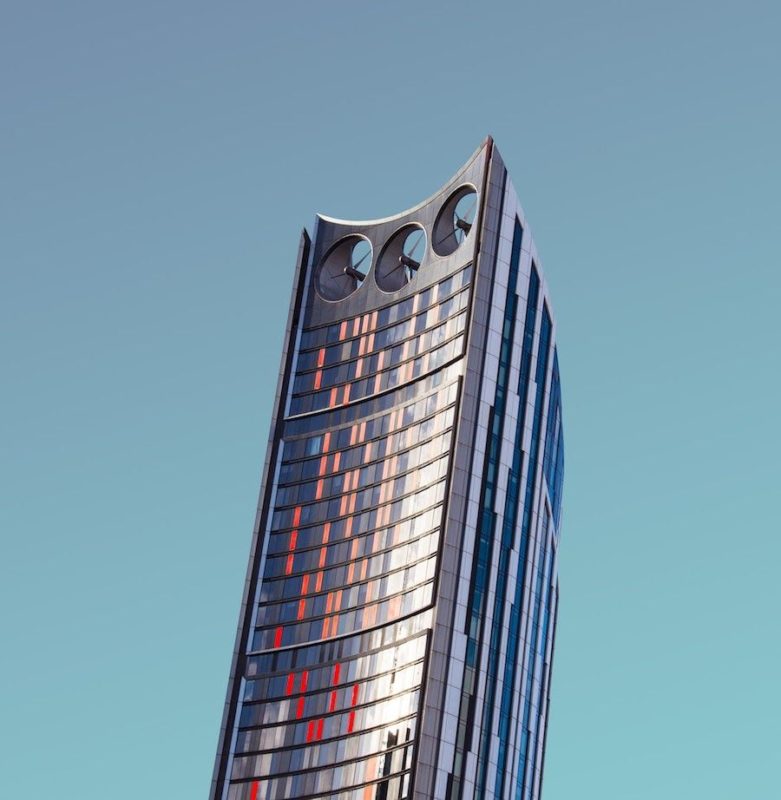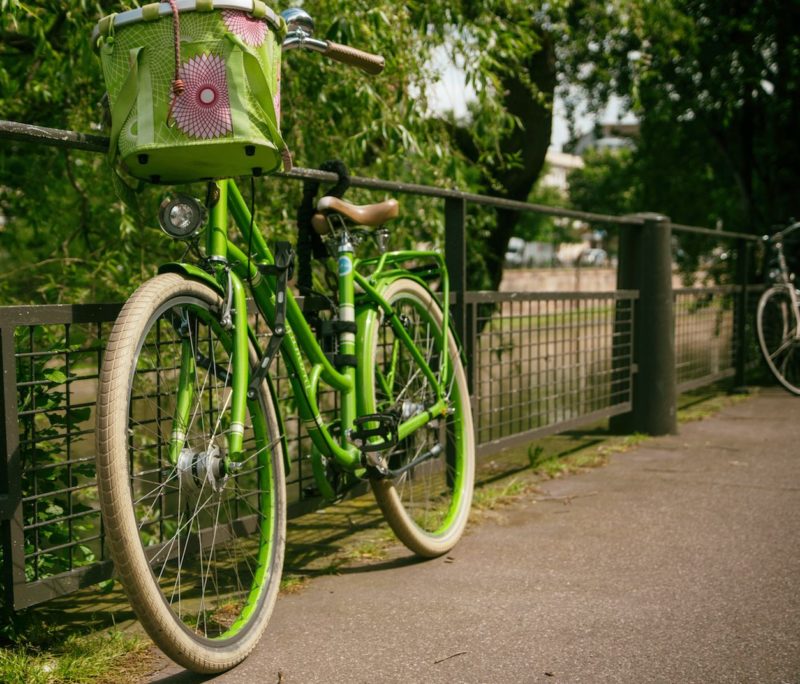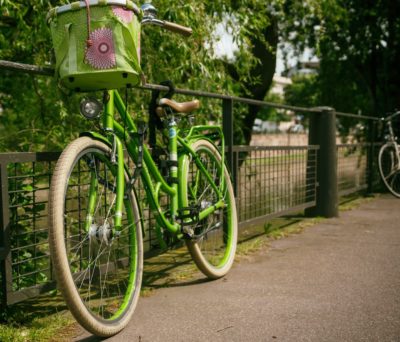How can cities evolve to become environmentally ‘future-proof’?
In the UK alone, it is predicted that we will see 160,000 deaths from polluted air over the next decade – which equates to 43 individuals per day. With the issue seemingly not having been addressed over the previous decades, we now have air pollution that is at a critically toxic level.
In order for our cities to become ‘ future-proof ’ and sustainable for the decades to come, there are measures that must be put in place to ensure a better quality of life and not reduce life expectancy for those of us who live in urban and built-up environments.
Ecology

A ‘future city’ must be built and maintained with wildlife and natural resources at the forefront of building design. Concentrating on natural features, wildlife habitat protection and integrated living environments in buildings etc. we should focus more on eco design rather than fashionable building construction; although there is no reason why you couldn’t achieve both.
Housing

It is growing increasingly more common to discover ever-smaller, inhabitable spaces that are being offered to let in urban cities. Restrictions should be considered for size, space and lighting to ensure that houses and flats are fit for their purpose due to the huge stress and negative effect that small, cramped and poorly lit residential spaces play on residents. Investment should be put towards intelligent building design to maximise light and space for lower flats in high rise buildings. Solar panels and solar windows should be fitted wherever possible to harness the sun’s energy. Capped rent should be put in cities to allow residents the reasonable chance to financially save , as property prices and rent has been shown to negatively affect mental health.
Energy
100% renewable energy is available and should become the primary energy source for urban cities. Urban solutions to create renewable energy include, wind turbine placement on high-rise howard199buildings, solar panels and solar thermal panel installation. Buildings that have been constructed to include renewable energy creation systems should be given subsidies if that energy is then shared in the local area.
Transport & Infrastructure

In 2020 and throughout the decade, there must be a transition from congested, air polluted and noise polluted roads to a cleaner, quieter and more environmentally friendly alternative. An increase in bicycle lanes, bicycle racks, walk and cycle to work schemes etc. should be implemented to offer residents a healthier lifestyle alternative that is viable and not considered dangerous or inconvenient.
Electric vehicles should become commonplace to replace highly polluting fossil-fuel vehicles. In addition to increasing electric vehicles to roads, the electric vehicle charging infrastructure must be addressed to ensure enough charging points are accessible to users throughout the city.
Public transport must be electrified and well equipped to facilitate the individuals who switch from private modes of transport to public.
Water
Water recycling technology should be implemented throughout hotels, commercial
buildings, residential blocks etc. Thorough collection of rainwater across urban environments and clarification of stormwater will help improve water quality and reduce the strain for cities located in drier climates.
Ensuring urban drainage systems have been put in place and the correct tree pit installation has been adhered to for urban greening will aid towards the reduction surface flooding and protect residents and buildings from damage.
A future-proof city must consider all aspects of living and be able to adapt and shift depending on the stresses and strains that are placed on it. A flexible environment with an open-minded approach by residents will help transition to a city that is designed to improve quality of air, living environments,health of residents and increase the likelihood of the city remaining sustainable for years to come.
Thanks to Clean Growth UK Specialist Advisers Creative Bloom for contributing this blog post.

